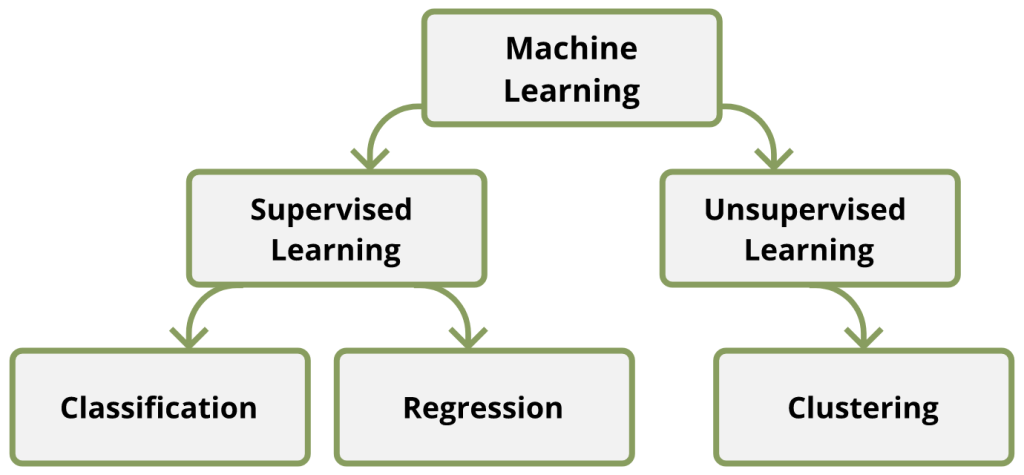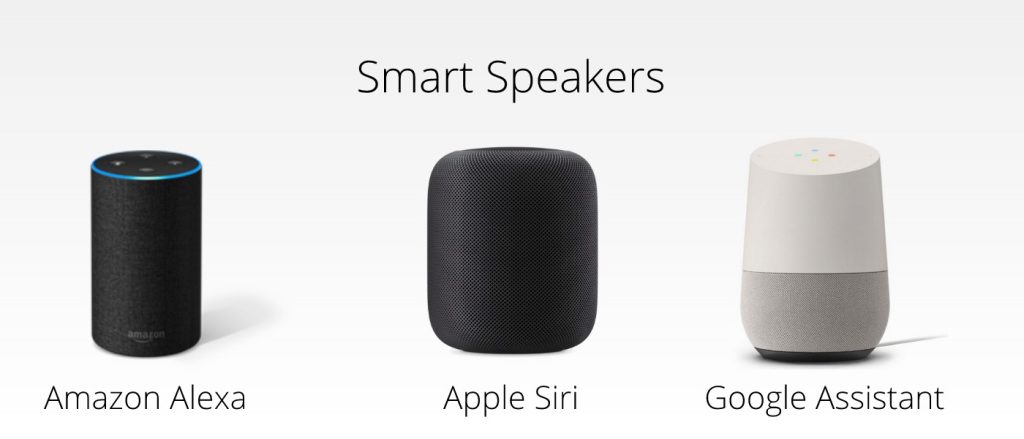As the world moves towards automation, there are a lot of buzzwords thrown around in executive communication. If your job is remotely linked with technology, you might be hearing about deep learning, neural networks and machine learning, amongst many others on a daily basis. It is ok if you get confused hearing these terms. In this post, we will take a look at Machine Learning and establish what role it plays.
So, what is Machine Learning?
Machine Learning and Artificial Intelligence are often used interchangeably. While they are not quite the same thing, they can be distinguished as such:
Artificial Intelligence is broad idea of getting the machines to behave in a way we can call “smart”. It is the theory and development of computer systems to perform actions which requires human intelligence.
Machine Learning is an application of Artificial Intelligence. It is the idea of teaching machines without having to specifically program them what to do. Instead of writing specific instructions, you feed data to the algorithm, which then builds a logic based on the input data.
These algorithms find natural patterns within the data and predict the indefinite for better results.
So how do machines learn?
There are two types of Machine Learning algorithms:
- Supervised Learning.
- Unsupervised Learning.
Let’s explore them to get a better understanding of each.
Supervised Learning
In supervised learning, algorithms find patterns and develop predictive models, using both the input and output data. Most of the supervised learning techniques are either a form of Regression or Classification.
Regression is helpful in identifying and predicting continuous responses such as weather forecasts, and trends in stock market prices.
Classification is helpful in identifying and predicting isolated results. Will Pakistan win the latest match against India? Whether I have genuinely won the lottery or is it a phishing attempt. In classification, we get predefined categories for the output data, and the output has to fall into these categories.
Unsupervised Learning
In unsupervised learning, algorithms find patterns only from the input data. This technique comes in handy when you are not sure of what you are looking for. It is often used as an exploratory technique for analysis of raw data. Most of the unsupervised learning techniques are a form of cluster analysis.
Cluster Analysis is the practice of classifying items of varying degrees of similarity in groups(clusters). An item is classified into a cluster based on significant identifying traits similar to the other items in the same group. You’ll end up with a set of groups with similar items allowing for exploratory analysis.
Some applications of Machine Learning
While the main idea behind Machine Learning may seem daunting to a layman, it is all around us. Already implemented in places and applications we use frequently. Let’s explore some of these applications.
- Medical diagnosis.
- Weather predictions.
- Win\Lose predictor in sports.
- Smart assistants such as Siri, Alexa & Google Assistant.
These are just some of the applications. Every website that shows you recommendations based on your past patterns and choices employ Machine Learning. The navigation apps that you use while commuting to and from work, use your navigation data to and combine it with the traffic data to provide with an estimated time of arrival.
Let’s explore a small example to further understand how can machine learning impact our lives.
How email spam filters employ machine learning?
Email spam filters employ machine learning to automatically detect and prevent spam from even hitting your inbox. We start off by training the spam filter as to which emails are important to you and which are not.
Once the spam filter is fed enough emails to learn the characteristics of emails, it can act on its own and can detect future email messages to mark them as spam or not.
Hope you have more clarity about this subject! If you interested in more articles like these, don’t forget to share your thoughts and suggestions in the comment section below #GetSomeClarity









